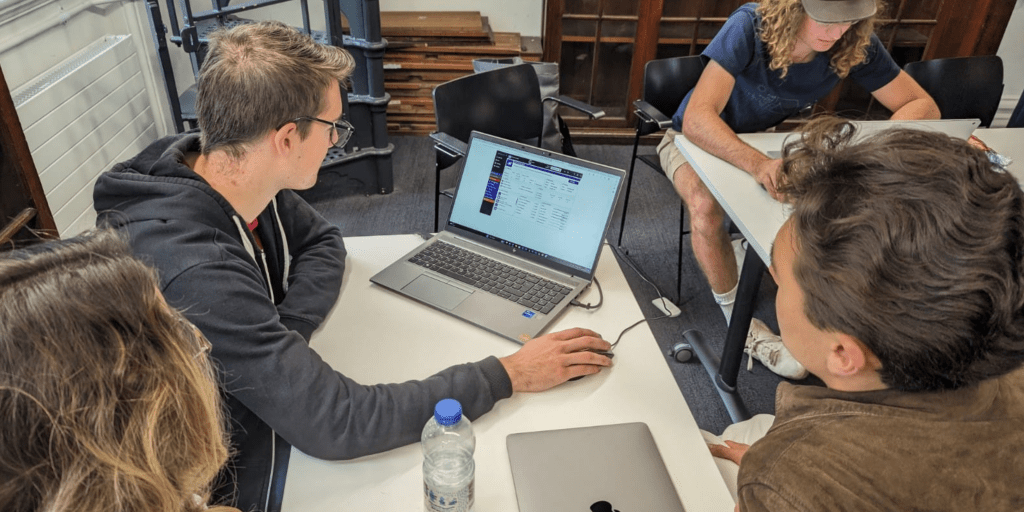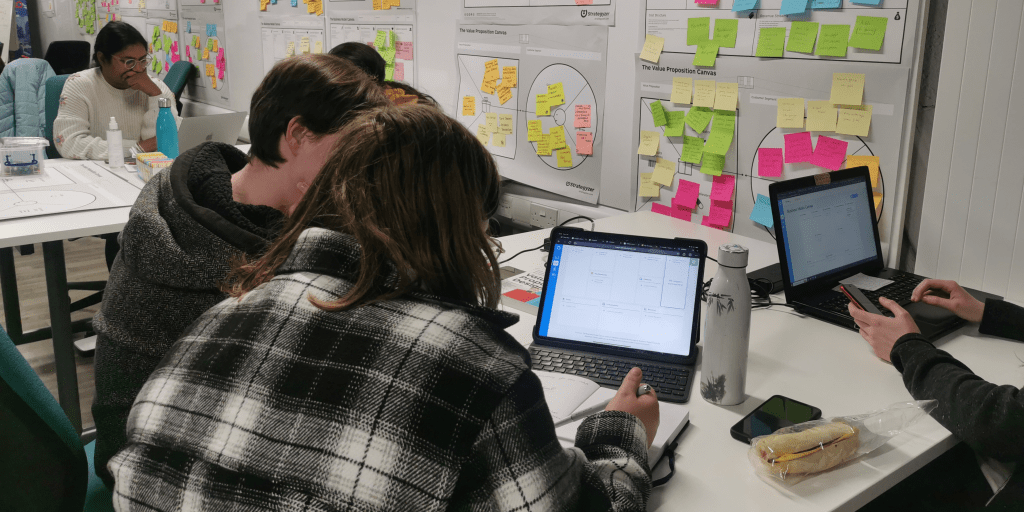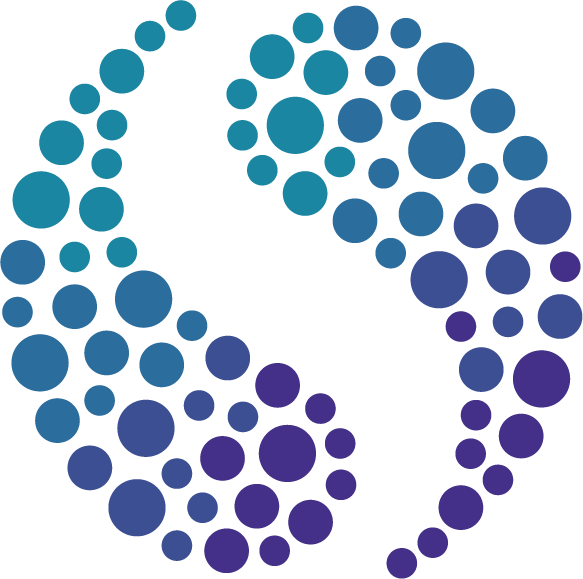How to manage student distraction

Student distraction is a major issue within education. Educators complain about students not being able to focus and concentrate effort for any sustained period.
In a perfect world, students would fully engage in their learning. They would connect with lectures, tasks, and activities. In reality however, this rarely happens.
Professor Martin Bean, Vice Chancellor at the Royal Melbourne Institute of Technology (RMIT), has clear views on the subject of student distraction and student engagement.
Weapons of mass distraction
When presenting a keynote at the Online Learning Summit 2025 in Leeds, Professor Bean shared how educators must combat the ‘weapons of mass distraction’.
Referencing the internet, social media and online gaming, Martin highlighted how and why these weapons mean educators face one of their greatest-ever challenges.
To manage student distraction effectively, Professor Bean argued that educators must embrace innovation and disruption themselves.
Technology he said is advancing rapidly as are the demands of an evolving workforce that require new skills.
Student distraction, technology growth, and the need for new skills are all connected issues. Educators must address these challenges to help learners secure jobs in the changing workforce.
Student engagement and consequence learning
When we analyse Professor Bean’s weapons of mass distraction, it’s possible to identify a common but very significant feature.
Whether it’s scrolling through social media, playing a game or communicating with friends, weapons of mass distraction thrive because they include the key component of consequence.
In other words, when actions have unknown and uncertain consequences, they have the capacity to become far more attractive, or rather distractive.
And over the years since the invention of the smartphone, these weapons have shaped how billions of minds operate.
For more on this subject, it is worth noting Dr Anna Lembke’s ‘Dopamine Nation’.
In this New York Times bestseller, she writes that we now live in a world that is “Addicted to fleeting distracting pleasures that get us nowhere. We live in a time of unprecedented access to high-reward, high-dopamine stimuli. The smartphone is the modern-day hypodermic needle.” And for many it is their brave new world of pleasure and entertainment.
Take a moment to contrast this seductive environment with listening to a lecture or completing an essay for a ‘homework’ assignment. This is a world where people find it difficult if not impossible to connect pleasure with consequence. In fact, the only consequence of doing or not doing the task is a penalty or sense of pain.
Solutions to manage student distraction
To manage student distraction effectively means embracing the way students like to think and work. Technology has a key role to play especially when engaging large numbers of students. But educators can apply the principles of engaging, consequential learning using traditional paper-based pedagogy too.
When I attended university back in the late eighties, I was taught by some good educators, but one stands out as ‘brilliant’.
Smartly dressed and spoken, Romano Zavaroni sat at the back of all his classes. His extensive preparation meant he need not attend as the sage on the stage. Instead, he made it our job to present key management topics (in groups & detail) to our peers.
Group presentations were thoroughly researched and would typically last more than an hour before questions were received from the floor. Students who didn’t ask questions were required to observe the communication skills on show and then provide feedback later.
The lecture theatre became a theatre. Windows steamed as students were swept up in the often tense and emotional drama, long after other classes emptied. Critical knowledge and lifelong lessons were learnt and seared at warp speed.
To his eternal credit, Romano was loved and admired by many hundreds of students. He worked so hard to help change and make lives. Sadly, his personal work schedule was ultimately not sustainable and was a contributory factor that led to his early retirement in 1990 through ill health. He was 59.
Sustainable technology solutions
Professor Martin Bean thinks teachers need to accept change. This is important for handling student distractions.
Romano Zavaroni worked hard to change his classroom. Imagine what he could have done in his business and management classes if he had access to new technology.
Romano’s commitment to students and quality education inspired me. It gave me the desire and energy to help create SimVenture software for business education.
How SimVenture engages students
Creating education technology that generates curiosity and requires users to make authentic decisions, naturally leads to the management of consequence and uncertainty.
The creators designed the online simulation ‘Evolution’ to be highly realistic. It also allows people to learn about business, strategic management, entrepreneurial leadership and teamwork by running a virtual company.

Individuals and student groups are given goals, responsibility and opportunity. And just like Romano Zavaroni, the educators get out of the way and monitor progress remotely.
Evolution also allows tutors to set student tasks and assess on an ongoing basis. The business simulation now has ‘Pathway’ activities. These structured simulation activities help students learn step by step – building their confidence to take on the simulation.
Just like any online game involving consequence, jeopardy is part of the student learning experience as mistakes are easy to make. But when human beings discover they are not perfect, they lean in more to the activity.
In the same way, the online startup planning platform ‘Validate‘ guides students through a simple but compelling process. This process allows learners to think up and through new innovative ideas in a market-focused manner.

People can work alone or in teams and tutors can check all student progress in the admin section of the platform.
By using the Business Model Canvas, Validate users have clear building blocks. This leads to high levels of engaged learning.
As Professor Tom Cooney from the Technological University of Dublin said, “The learning impact of Validate was possibly the strongest in all my thirty years of teaching and I don’t say that lightly.”
How to manage student distraction
To manage student distraction effectively, authentic learning technology that generates goals and curiosity and creates a clear sense of ownership and responsibility is needed.
Students need to be able to make decisions and deal with the resultant uncertainty. At the same time, educators need to be able to monitor everything remotely and have access to all work so that meaningful, honest reflection with students is always possible.

